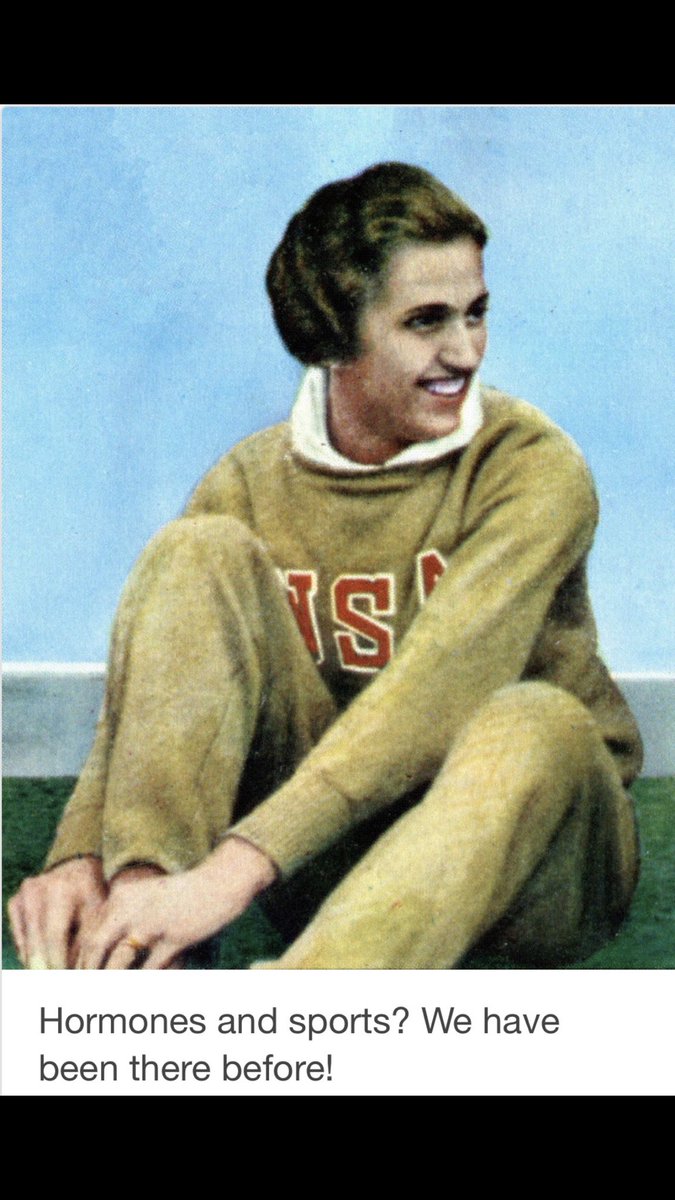2-
Initial methods used to verify the gender of female athletes involved physical inspection of the athlete’s external genitalia.
1-

2-
3-
4-
5-
7-
9-
10-
11-
12-
13-
14-
15-
16-
17-
18-
19-
20-
21-
22-
23-
24-
25-
26-
27-
28-
29-
30-
31-
32-32
More from Kirsti Miller
”No child should ever be forced to live a life that is not theirs, I did and it nearly killed me many times.”
It appears that every time an under-age Transgender person attempts to access medical care to make their lives better conservative people try to say they’re not ready for it.

As an older transgender woman who waited until I my mid 30’s due to those same prevailing attitudes, I feel it’s sad right-wing people are still trotting out those same tired old lines.
According to them, we’re too young to know our gender pre-pubescent and when we start undergoing a puberty which doesn’t align with our gender identity apparently we’re still far too young to access puberty blockers to make the masculinisation process go away.
These people only want us to access medical care after the age of 18 and that’s when it’s far too late for many Trans women, as the whole masculinisation process [which we didn’t want in the first place] has already happened.
Sport in a way made my transgender self so much harder because the more well-known I become, the more difficult it become to come out as who I truly was.
— Kirsti Miller (@KirstiMiller30) July 1, 2020
2- pic.twitter.com/I7hgkLPAQa
It appears that every time an under-age Transgender person attempts to access medical care to make their lives better conservative people try to say they’re not ready for it.

As an older transgender woman who waited until I my mid 30’s due to those same prevailing attitudes, I feel it’s sad right-wing people are still trotting out those same tired old lines.
According to them, we’re too young to know our gender pre-pubescent and when we start undergoing a puberty which doesn’t align with our gender identity apparently we’re still far too young to access puberty blockers to make the masculinisation process go away.
These people only want us to access medical care after the age of 18 and that’s when it’s far too late for many Trans women, as the whole masculinisation process [which we didn’t want in the first place] has already happened.
You May Also Like
"I lied about my basic beliefs in order to keep a prestigious job. Now that it will be zero-cost to me, I have a few things to say."
We know that elite institutions like the one Flier was in (partial) charge of rely on irrelevant status markers like private school education, whiteness, legacy, and ability to charm an old white guy at an interview.
Harvard's discriminatory policies are becoming increasingly well known, across the political spectrum (see, e.g., the recent lawsuit on discrimination against East Asian applications.)
It's refreshing to hear a senior administrator admits to personally opposing policies that attempt to remedy these basic flaws. These are flaws that harm his institution's ability to do cutting-edge research and to serve the public.
Harvard is being eclipsed by institutions that have different ideas about how to run a 21st Century institution. Stanford, for one; the UC system; the "public Ivys".
As a dean of a major academic institution, I could not have said this. But I will now. Requiring such statements in applications for appointments and promotions is an affront to academic freedom, and diminishes the true value of diversity, equity of inclusion by trivializing it. https://t.co/NfcI5VLODi
— Jeffrey Flier (@jflier) November 10, 2018
We know that elite institutions like the one Flier was in (partial) charge of rely on irrelevant status markers like private school education, whiteness, legacy, and ability to charm an old white guy at an interview.
Harvard's discriminatory policies are becoming increasingly well known, across the political spectrum (see, e.g., the recent lawsuit on discrimination against East Asian applications.)
It's refreshing to hear a senior administrator admits to personally opposing policies that attempt to remedy these basic flaws. These are flaws that harm his institution's ability to do cutting-edge research and to serve the public.
Harvard is being eclipsed by institutions that have different ideas about how to run a 21st Century institution. Stanford, for one; the UC system; the "public Ivys".















